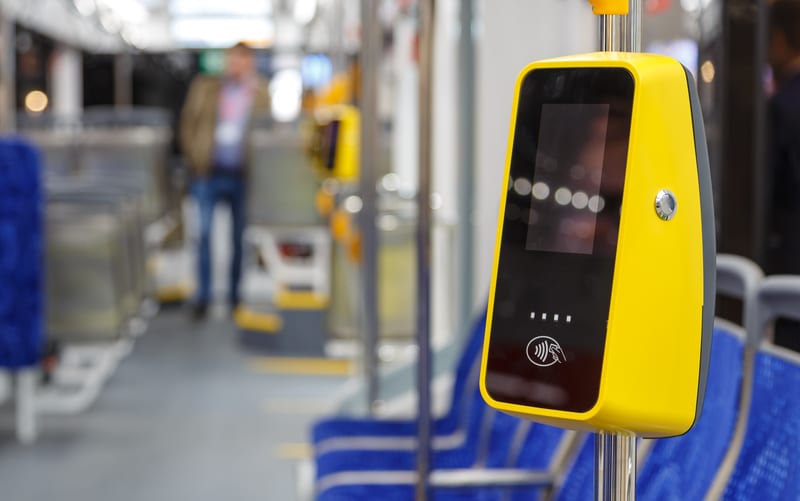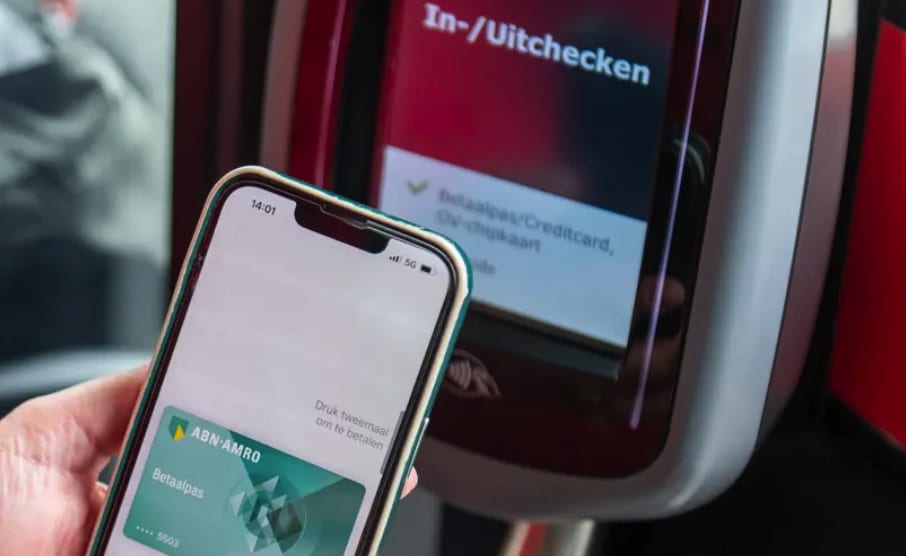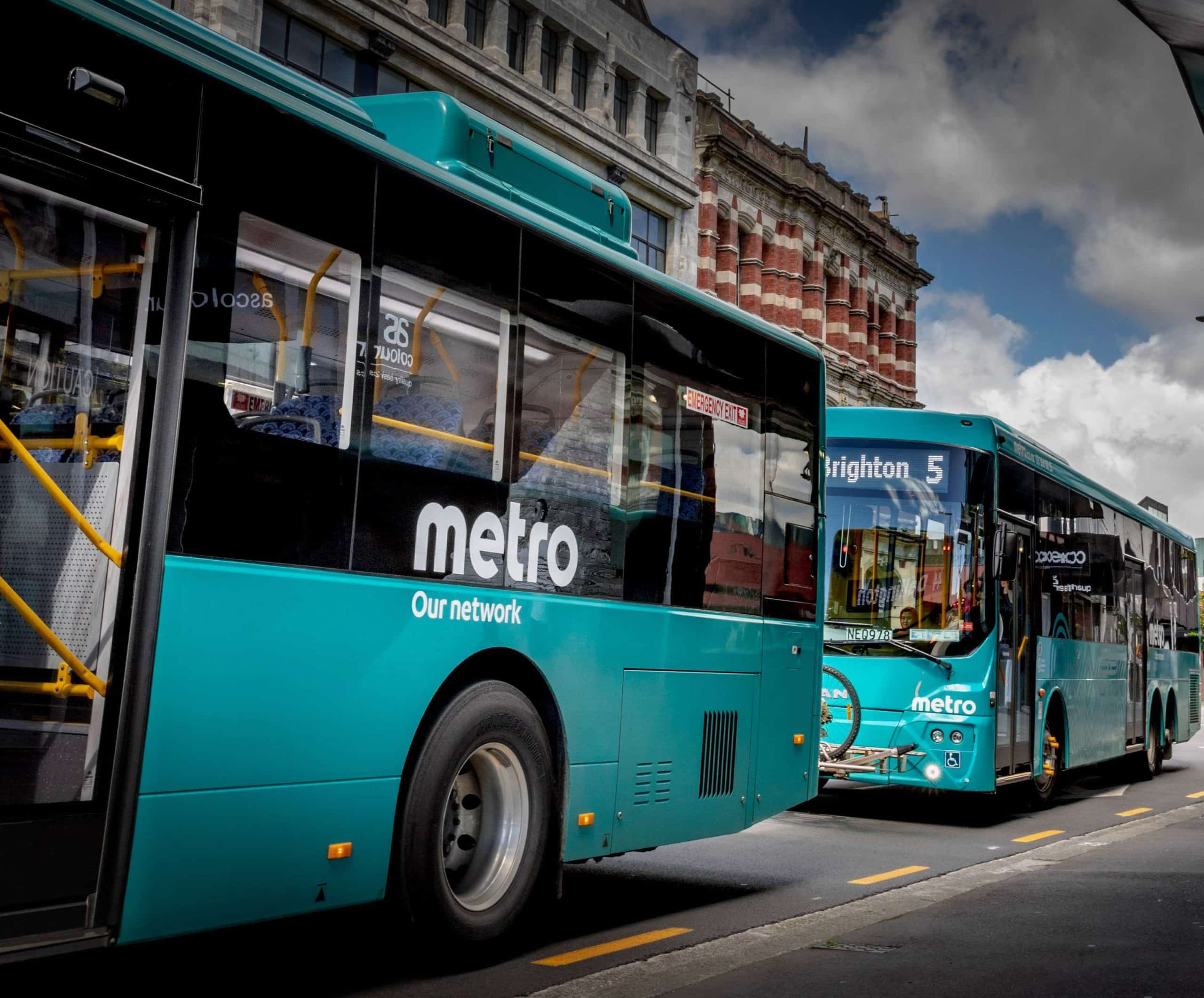
Article Highlights
Widespread adoption of open payments has “remained elusive” for U.S. transit agencies, with only a handful of agencies having rolled out the technology, according to a new report. Among the reasons are high interchange rates. The Brookings Institution report points to other problems for agencies, including the need to serve low-income customers, riders entitled to concessionary discounts and an uncompetitive supplier landscape.
• Table: Breakdown of Merchant Service Changes by Type
• Table: Breakdown of Transactions by Scheme and Payment Type
• Brookings Institution
• Cal-ITP
• Monterey-Salinas Transit
• SacRT (Sacramento)
Open-loop payments can improve the customer experience, helping transit agencies to win back customers in a post-pandemic world, while also reducing cash-handling costs and speeding up boarding times, according to a new report from the Brookings Institution, a major think tank in the U.S.

















